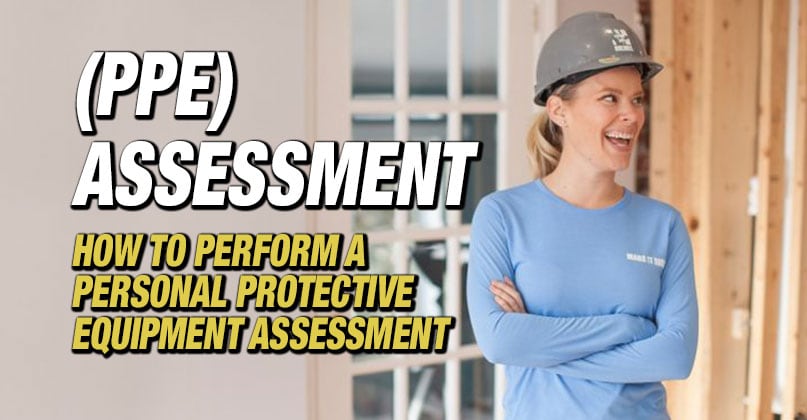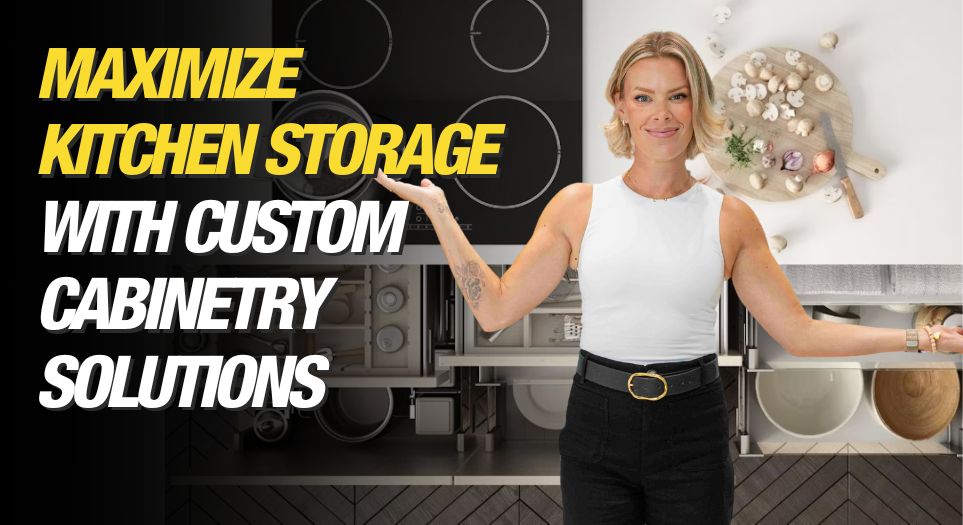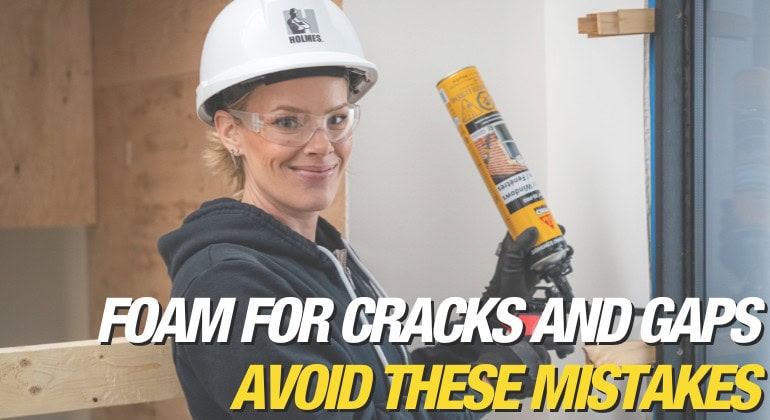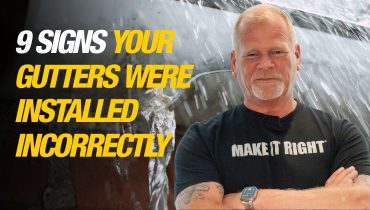Your gutters play a bigger role in protecting your home than most people realize. Be aware of these 9 signs your gutters were installed incorrectly. When they’re installed properly,...
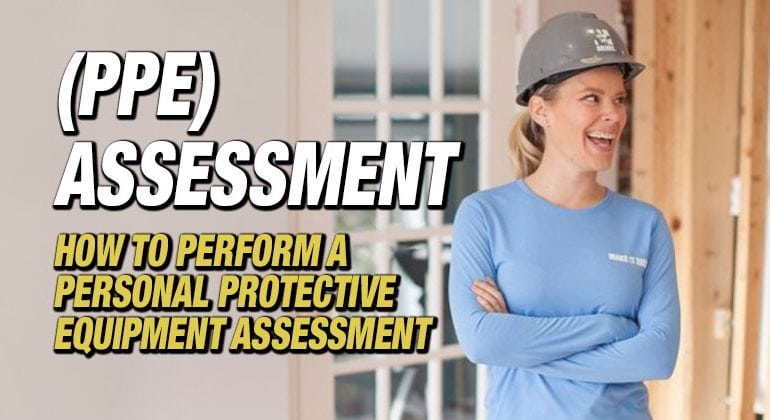
How to Perform a Personal Protective Equipment (PPE) Assessment
By Sherry Holmes
Mike’s Advice / On The Job
Thursday, March 19th, 2020 @ 10:00am
I learned from my dad, that the number 1 thing you have to pay attention to, no matter the size of the job is safety. As contractors, and even DIYers, even the smallest jobs can come with some level of risk. That’s why no matter what the job is, we’ve always got our safety gear on hand. Safety gear isn’t just for show – so every time you start a project, your first job is to perform a personal protective equipment (PPE) assessment.
What is a PPE assessment?
It’s pretty simple. You look at the project, and the potential hazards you could be exposed to while working. This assessment lets you know which PPE you’ll need to do the job safely. In some cases, you’ll be able to eliminate a hazard without the use of PPE – but when you can’t, it’s important you have the right gear to keep you safe!
When it comes to completing a PPE assessment, there are three questions that you should always ask:
- What type of site are you working at and what tools/equipment are you working with?
- What are the hazards/exposures associated with the job?
- Can the hazard be eliminated without PPE?
a) If no, what PPE is required?
Head and Hearing Protection
As contractors, whenever we do projects that involve electrical or utility work, but even general construction – we’ll often need head and hearing protection to avoid workplace injury. Whenever I’m working near loud equipment like generators, or using loud tools, I always wear my hearing protection. And hard hats are a must – you don’t want to mess around if there’s a risk of falling objects. I was down in Memphis to visit a job site last month, and I was shocked to see that the crew walking outside the house when a roof was being torn down was NOT wearing any head protection. That’s so risky and is the opposite of a safe work environment.
Common head and hearing PPE include hard hats, bump caps, earplugs, and earmuffs.
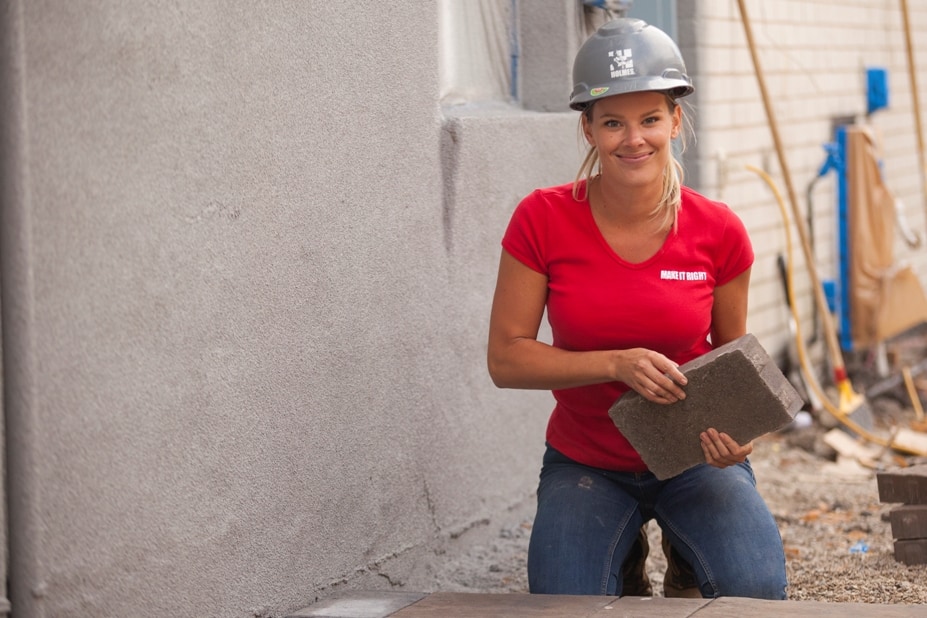
You’ll never see me without a hard hat on the job site.
Did you know that any machine that operates over 85dB can cause hearing damage after a sustained period? Most lawnmowers produce 90dB – so even for something you think is simple, like mowing the lawn, proper hearing protection can really save your ears.
Face Protection
According to the Canadian National Institute for the Blind, 700 Canadian workers everyday sustain eye injuries on the job that result in lost time or temporary or permanent vision loss. Does your work, or DIY project involves cutting, drilling, sanding, painting or anything else that could result in an eye or face injury? Don’t be a statistic and wear the proper PPE.
Hazards that can affect your eyes or face include flying particles or debris, chemicals, and liquid splashes. In order to protect yourself from these risks you should wear PPE such as safety glasses, safety goggles or face shields. Look for safety glasses that are anti-fog and scratch resistant.
Body Protection
For your next DIY project, make a list of which tools and equipment you need to work with, and bring out suitable body protection or protective clothing. You never know what you might come into contact with, or what can fall on your feet while you’re working. In a lot of jobs, like sanding, sawing, drilling, cleaning, or welding, you want to prevent your body from coming in direct contact with as much residue as possible to avoid irritants or burns.
The best way to stay protected is to wear PPE such as safety gloves, coveralls, and steel-toed footwear. Always wear proper footwear, no matter what job you’re doing. That means no mowing the lawn in sandals!
Respiratory
Just like body protection keeps your skin from coming in direct contact with many irritants, you also want to avoid breathing in the fumes and residue that’s left behind from sawing, sanding, or cutting concrete. Even cleaning up messes left behind by mold, dust, and mouse droppings can trigger respiratory issues like asthma and can create safety issues.
For me, no matter what the job is, I’ve got my respiratory protection handy – especially if I’m indoors without ventilation. Make sure you enforce proper work practices and that your respirator is ready. It’s also good to have extra cartridges and filters on hand to protect you from any respiratory hazards.
Fall Protection
Before the winter hits will you be re-shingling your roof, cleaning your eaves troughs or climbing a ladder to paint the side of your house? Be ready to use fall protection to stay safe while completing these projects!
Fall protection is an important back-up to save you from slips, trips and falls. You never know when your foot could slide on a wet roof or when a ladder could shift underneath you. Keep items such as harnesses and lanyards in your garage and the back of your trucks so that you have it on hand at all times. If you’re working on a ladder, that’s not a solo job. Always have safety procedures in place like a spotter with you when working on a ladder.
I recently spoke with Ving about Women In Safety in the video below.
Traffic Safety
Traffic safety gear is life-saving protection for individuals who work in construction, fleet maintenance, landscaping or delivery. It is essential to wear traffic safety equipment when working on the road (no matter the speed limit), at night or in poor-visibility locations. Putting up signage is an important step but also ensuring that you are seen can help save your life.
You can invest in traffic safety PPE for all seasons such as Hi-Viz vests, t-shirts, jackets, pants and rainwear. Depending on the situation it might be a requirement to wear a certain type of Hi-Viz, such as a vest and pants.
If you’re a DIYer, you might not need the high-viz gear, but you should also always make sure to have a fire extinguisher, first aid kit available if you need it! Doesn’t matter if it’s safety in the workplace or you’re working at home, make sure your working conditions are safe.
To view a comprehensive PPE Assessment checklist to use for your next project, Click Here.
